Are your pain and anxiety pointing to an internal roadblock?
1We tend to think of physical pain, depression and anxiety as stand-alone issues. If you experience physical pain, you usually try to figure out where the damage is and what had caused the damage. If you feel anxious or depressed, you might question your genetic predispositions and your way of perceiving and responding to the world.
Patanjali has a slightly different idea. Sutra 1.32 suggests that all those experiences (mental and physical pain, mental anguish, agitation and disturbed breathing) point to an impasse that you have come to. An impasse is a mental roadblock that prevents you from moving forward. We all hit those from time to time; some are obvious, like the writer’s block, and others are more hidden. Whether it is a blockage in the creative process, your emotional life or your spiritual development, if you are not aware that you have bumped up against some internal resistance, it would be very hard to overcome it. That is why it is important to both notice that you’ve hit an inner obstacle AND identify what kind of obstacle it is. Once you know that, you can decide on an appropriate course of action to get yourself out of it.
So any time you feel pain, mental anguish, agitation and restricted breathing it can be helpful to think of those as signs of some inner mental obstacles that are getting in your way. Sutra 1-30 identifies those obstacles.
1. Disease (vyadhi) – there might be something more serious going on that needs further investigation.
2. Lethargy, procrastination (styana) – when you have difficulty focusing, the mind remains stuck in circumstances or lacks capacity for action.
3. Doubt (samshaya) – when you lose confidence in the path that you’ve been following, the means you used to get there, or the destination itself.
4. Negligence (pramada) – when you lack enthusiasm and focused attention, your actions become mechanical, you lack conviction and intensity. You end up “going through the motions” carelessly.
5. Apathy (alasya) – when you experience total incapacity for thought or action, stagnation, or no desire to continue moving forward.
6. Compulsive overindulgence (avirati) – which manifests as inability to resist temptations, overindulgence of the senses. You look for distractions though sensory, sensual and sexual cravings.
7. Distorted sense of reality and/or self (bhranti-darshana) – when you develop a false vision of reality, an erroneous view of yourself, or an inferiority or superiority complex.
8. Stunted growth (alabdha-bhumikatva) – comes from inability to make progress, lack of a firm foundation, reaching a plateau.
9. Slipping back from the level achieved (anavasthitatvani) – when you cannot maintain the same level and fall back into the harmful habits, and lose some of the progress that you made.
Identifying the obstacle that got in your way is not just useful for developing a course of action to deal with it. The mere act of labeling your experience helps you diminish the emotional charge associated with it. “To reduce arousal, you need to use just a few words to describe an emotion, and ideally use symbolic language, which means using indirect metaphors, metrics, and simplifications of your experience. This requires you to activate your prefrontal cortex, which reduces the arousal in the limbic system.” (1) Using symbolic concepts from the Yoga Sutras to describe your experience can put a brake on the emotional response. The trick here though is not to dwell on the subject. “Here is the bottom line: describe an emotion in just a word or two, and it helps reduce the emotion. Open up a dialog about an emotion, though, and you tend to increase it.” (1)
In the process of your yoga practice it helps to look inside, underneath the pain, anguish, agitation and disturbed breathing to see if those experiences point to more subtle obstacles. Once you identify the inner obstacle that you’ve bumped up against, it doesn’t help to dwell on it. A better way is to label it and then use one of the techniques outlined in the yoga sutras that help overcome inner obstacles. We will talk about those techniques next time – tune in!
Sequence Wiz members will get a PDF handout with actual yoga sutras and the summary of the obstacles from Patanjali’s Yoga Sutras on Friday. It will be located under Forms and Handouts.
Learn more about Sequence Wiz membership >
 Resources
Resources
-
Your Brain at Work: Strategies for Overcoming Distraction, Regaining Focus, and Working Smarter All Day Long by David Rock



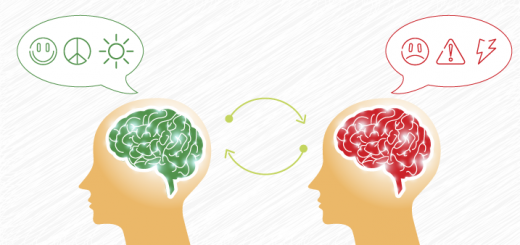




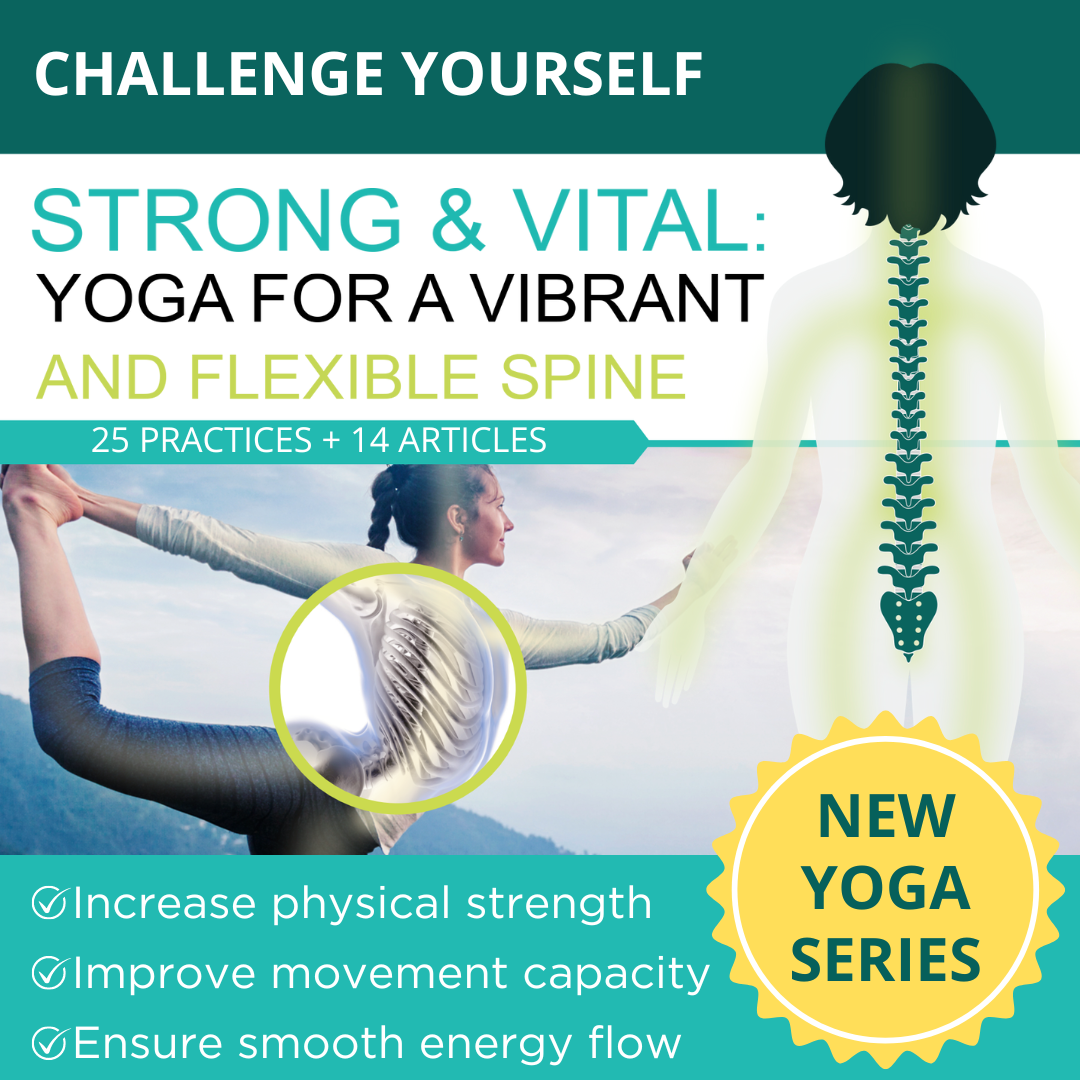

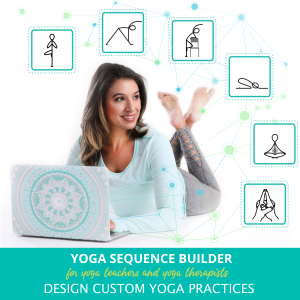



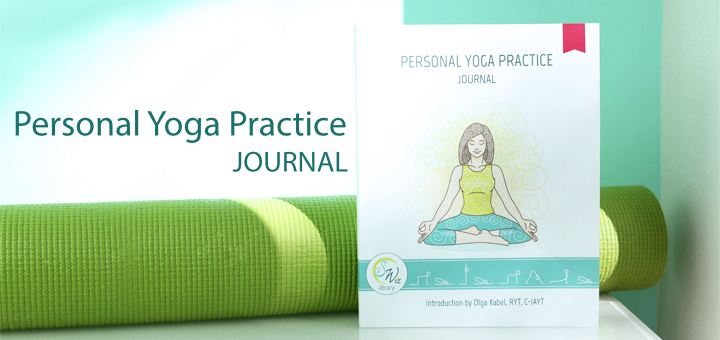





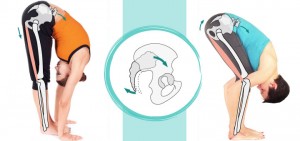

Thankyou Olga your regular posts and practice videos really help me a lot